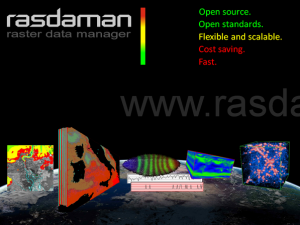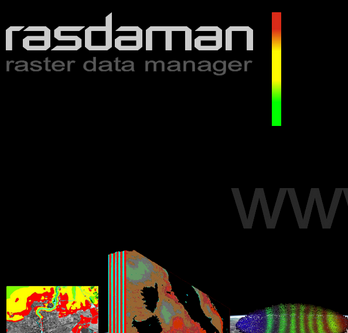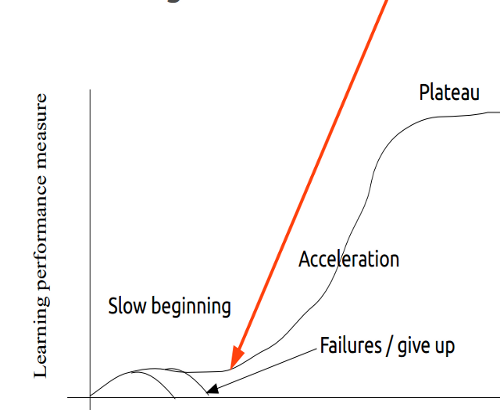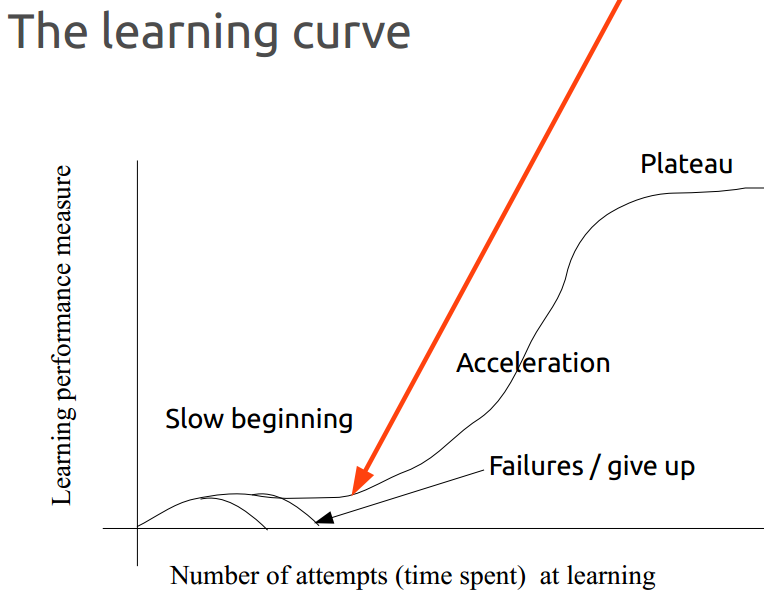What’s in store – raster data manager at week 2 of our summer school?
This year we’re adding on to the summer school program with a second week of intensive, hands on training on open source GIS software packages PLUS hands on spatial data collection using drones. This program is enriched by our partnership with Professor Peter Baumann of Jacobs University in Bremen, Germany. Dr. Baumann’s research interests include Array (“Raster”) Databases and co-developed the leading raster analytics engine, http://www.rasdaman.org Rasdaman championed as the fastest array database on earth, not to mention it is completely open source!
This new second week of summer school will build on skills developed in the first week, but will include drone flight demonstrations for high resolution data collection. Student will learn how to pilot a quadcopter fitted with a IXUS 400 16 megapixel camera, and learn how to auto trigger the camera and program flight plans for the drone.
These raster data collected by students will be processed over the week, and on Day 4 of the program, two team members of Dr. Baumann’s working group will walk students through the rasdaman array model and query language. This session will give students hands-on experience with importing data into rasdaman and processing three types of coverages.
Dr. Baumann’s team members are Alex Dimitru and Vlad Merticariu.
Alex Dumitru is a PhD candidate and plays a central role in issuing rasdaman WCS (Web Coverage Service) and WCPS (Web Coverage Processing Service). He is a senior software engineer for rasdaman and a managing partner with Flanche Creative Labs.
Vlad Merticariu is also a lead contributor to rasdaman and the OGC WCS standard. His research interest is parallel query processing and the collaboration of machine networks for rapid array database query responses. He is a PhD candidate at Jacobs University and has a number of publications with Bauman and Dumitru focused on such topics as Big Data, cloud computing, array databases, and on-board sensors for array data collection.
Spatial Ecology is very proud to have Alex and Vlad on site during the second week of the 2016 Summer School. Their expertise is sure to be a valuable component of the course, and students this summer will surely benefit from their engagement. Our partnership with Baumann is effectively broadening the reach of open source software and is a great example of the collaboration that can develop as a result.


